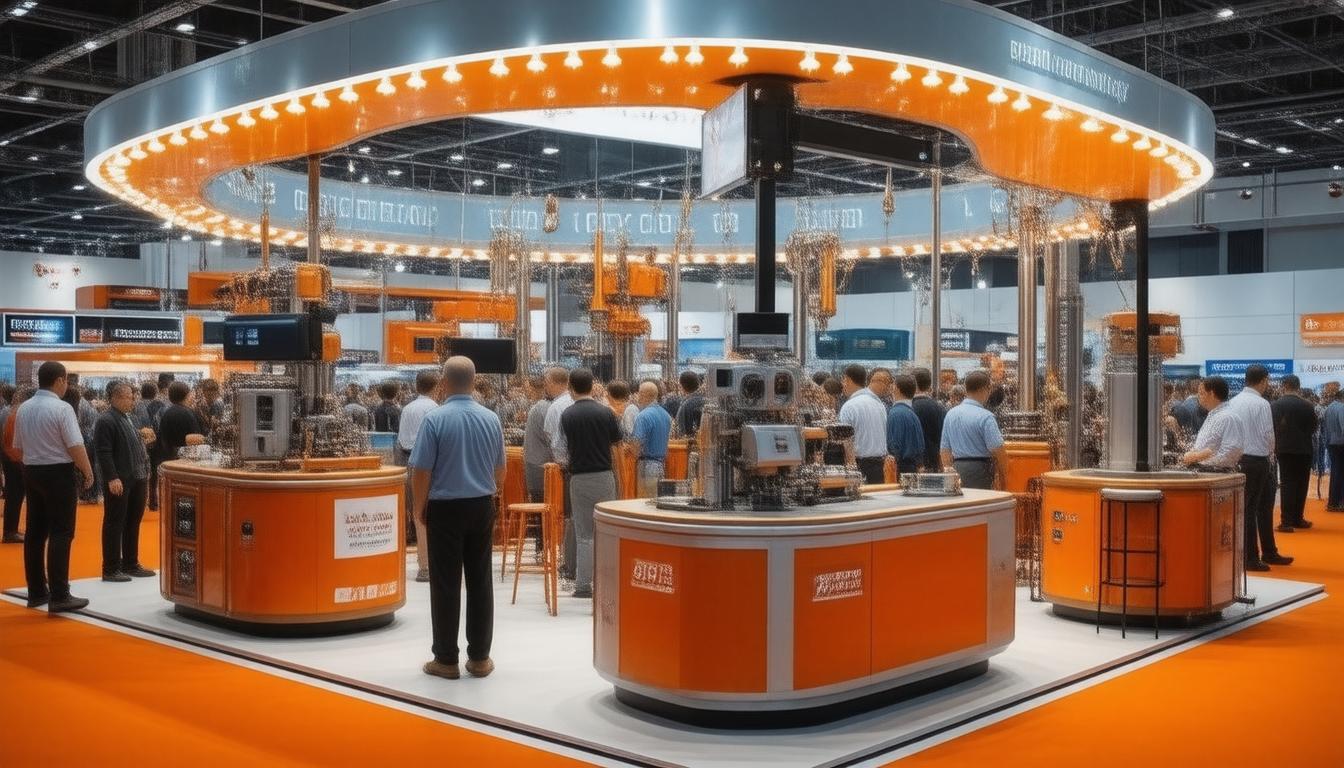
Trenchless technology is often dubbed the invisible revolution in sewer systems because of its minimal impact on surface activities and the environment. This method involves rehabilitating or replacing underground pipelines without the need for extensive excavation. It is a sophisticated technique that uses state-of-the-art equipment and methods to access subterranean infrastructure from small entry and exit points, thereby significantly reducing the disruption to traffic, businesses, and daily life on the surface.
Key Techniques in Trenchless ConstructionSeveral key techniques fall under the umbrella of trenchless technology, and two of the most commonly used are pipe bursting and cured-in-place pipe (CIPP).
Pipe Bursting:
Pipe bursting is a method where a bursting head is pulled through an old, damaged pipe. As it moves, it breaks apart the old pipe while simultaneously pulling a new one into place behind it. This is particularly effective for replacing pipes that are beyond repair.
Cured-In-Place Pipe (CIPP):
In contrast, CIPP involves inserting and then inflating a flexible liner within the damaged pipe. This liner is coated with a resin that, once cured or hardened, forms a new pipe within the old one. CIPP can often repair pipes with bends and junctions, making it a versatile solution for complex systems.
Reduced Surface Disruption:
The most noticeable advantage of trenchless technology is the significant decrease in surface disruption. By minimizing digging, trenchless methods ensure roads, landscapes, and sidewalks remain largely intact, reducing repair times and costs associated with surface restoration.
Environmental Benefits:
With less surface excavation, there’s a diminutive impact on the surrounding environment. Trenchless methods help preserve local ecosystems and minimize carbon emissions by reducing the number of heavy machinery required on site.
Cost-Effectiveness:
Trenchless methods can be more cost-effective in the long run. They require fewer workers, less equipment, and less time, which translates to reduced labor costs and minimized social costs due to less traffic congestion and business downtime.
Safety:
Less excavation also means a safer work environment for utility workers, as there are fewer risks associated with open trenches, such as collapses or falls.
Despite its myriad advantages, trenchless technology isn’t without its challenges. Key among these is the need for highly skilled personnel. The techniques involved are complex and require specialized training to operate the equipment and interpret data accurately. Additionally, upfront costs for the sophisticated equipment used in trenchless repairs can be high, though these expenses should be weighed against the long-term savings and reduced environmental impact.
The Future of Sewer System MaintenanceAs urban areas become more congested and the value of undisturbed land increases, the impetus for advancements in trenchless technology grows. Cities worldwide are adopting these methods as the standard for maintaining underground infrastructure. Continuous improvements in robotics, materials, and surveillance technologies promise to expand the capabilities and applications of trenchless methods, ensuring the invisible revolution will play a crucial role in the sustainable development of modern cities.
ConclusionTrenchless technology represents a groundbreaking approach to managing and maintaining sewer systems. It’s a clear testament to human ingenuity in solving complex problems associated with urban development. As we endeavor to build smarter, more resilient cities, embracing and improving upon trenchless methods will be crucial. Not only does this technology save time and money, but it also aligns with broader environmental goals and enhances the safety and quality of urban infrastructure projects.






